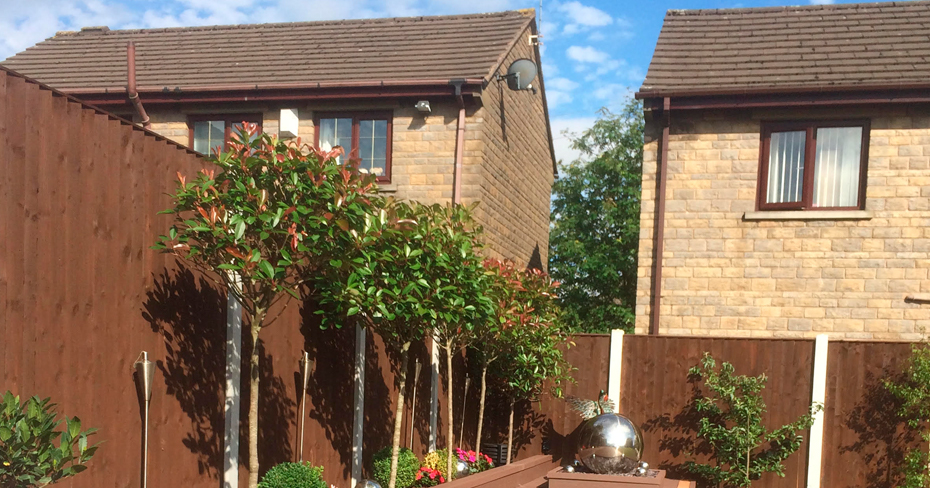Stronger than wood and less likely to rot, split or crack, Composite Decking combines the benefits of both its main ingredients – wood and plastic – and creates the perfect material for building a long-lasting, low maintenance, eco-friendly outdoor living space.
Since the very beginning of the trend for outdoor living, porches and decks were made from timber, which looked beautiful but required a great deal of work. From the day it is installed, timber left exposed to the elements requires treating to maintain its natural good looks, and for a coloured finish, multiple coats of stains and washes have to be applied, only to be affected by the sun’s UV rays, leaving the deck looking faded and unloved. Over time homeowners fell out of love with timber as a deck-building material, and composite deck panels were introduced.
The key ingredients
Composite decking is a man-made building product, specifically designed to offer better performance than timber alone. The 2 main ingredients in composite decking are wood and plastic, which are combined to make a material that is stronger, denser, heavier and much lower maintenance than wood, while it is more attractive and natural than plastic. Our composite decking is made from a combination of 55% recycled wood and 40% recycled HDPE plastic along with 5% additives, which include colour and bonding agent.
The wood used to manufacture our composite decking panels is from the Poplar tree. Particle sizes range from fine wood powder and sawdust to larger wood chips and wood fibre pieces. This wood comes from a variety of businesses, including sawmills, furniture makers, wood flooring factories and more, and is ideal for use when making composite decking.
The HDPE plastic included in composite deck boards is often recycled packaging, such as plastic milk containers, food cartons and detergent bottles which have been used and discarded.
Capped decking boards feature an additional protective layer, which is added to improve water and stain resistance as well as durability and longevity. This extra layer is a thin polymer sleeve that wraps around all sides of the deck board to create a waterproof shell. Our capped composite decking features Dino Shield™, which is the thickest polymer sleeve on the UK market.
An eco-friendly choice
Composite decking is an environmentally friendly choice for 2 main reasons. The first is that by using recycled wood products, the amount of timber required each year is reduced, placing less demand on the production of lumber from forests. Equally, by using recycled plastics to make the composite material, vast amounts of HDPE plastic is prevented from entering landfill sites, and instead the discarded plastic has a useful and long-lasting new life.
How the deck boards are made
Once the wood fibres, plastic, colour and bonding agents are combined, there are 2 different methods for producing the composite deck boards.
The first method is called extrusion. In this case, the composite mix is heated to the point where the plastic melts and is then forced through an opening to create the size and shape required. The material then cools and maintains this shape, becoming a composite decking board.
The second method is compression. In this case, the raw materials are combined in a mould, and heated under pressure to take on the shape of the mould.
When using either of these methods, composite manufacturers can add a colour to the mix to create any shade of deck board, and can also create ridges, textures or wood patterns, giving the composite decking board a choice of finishes.
The best of both worlds
Combining the beauty of timber with the durability and longevity of plastic, composite decking is a long-lasting, environmentally friendly and super-low maintenance alternative to the traditional timber deck.
